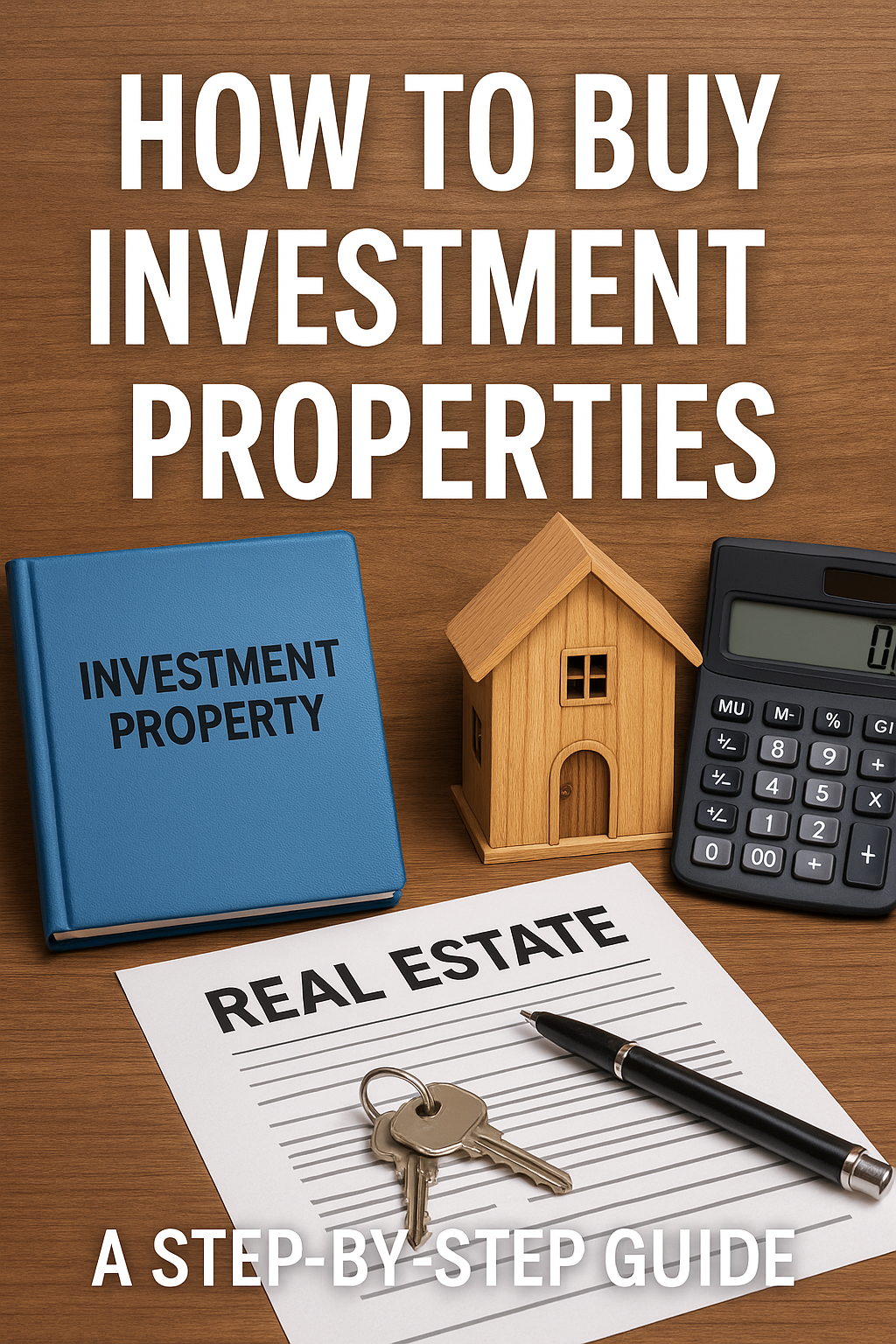Categories
Buyer Tips, Market Insights, neighborhoods, atx, austin, north loop, walkable, vintage, investment propertiesPublished September 18, 2025
How to Buy Investment Properties in Austin: A Step-by-Step Guide for New and Experienced Investors

Why Austin is a Hot Market for Real Estate Investors
Austin continues to rank among the best U.S. cities for real estate investment. With steady job growth, a thriving tech industry, and a strong rental market fueled by students, professionals, and families, Austin offers long-term appreciation and cash flow potential.
Neighborhoods like North Loop, Hyde Park, Mueller, and Windsor Park attract renters seeking proximity to downtown, parks, and top schools. For investors, that means stable demand and opportunities for both short-term and long-term strategies.
Step 1: Define Your Investment Goals
Before purchasing a property, clarify what kind of investor you want to be:
-
Cash Flow Investor → Focus on rental income and properties with high occupancy rates.
-
Appreciation Investor → Buy in up-and-coming areas where property values are rising.
-
Hybrid Investor → Balance rental income with long-term appreciation.
Tip: In Austin, areas near new transit projects or commercial developments often appreciate faster.
Step 2: Understand Your Financing Options
Buying an investment property is different from purchasing a primary residence. You’ll typically need:
-
20–25% down payment
-
Higher credit score requirements
-
Proof of income or rental projections
Financing strategies include:
-
Conventional mortgages for single-family rentals
-
Portfolio loans for investors scaling to multiple properties
-
Owner-financing deals (popular in Austin) to bypass stricter bank rules
Step 3: Analyze the Numbers
Successful investors rely on data, not emotion. Key metrics to review:
-
Cap Rate → Net operating income ÷ property value
-
Cash-on-Cash Return → Annual pre-tax cash flow ÷ total cash invested
-
Price per Square Foot → Compare across neighborhoods for value insights
Example: North Loop duplexes often deliver higher cash-on-cash returns than downtown condos due to lower purchase prices and consistent rental demand.
Step 4: Choose the Right Property Type
Austin offers multiple investment property options:
-
Single-Family Homes → Easier to manage, great for appreciation.
-
Multi-Family Units (duplexes, triplexes, fourplexes) → Stronger rental income streams.
-
Condos/Townhomes → Lower maintenance but higher HOA fees.
-
Short-Term Rentals (Airbnb/VRBO) → Popular near downtown and Zilker, but check city regulations.
Step 5: Plan for Property Management
Investing doesn’t end at closing. Decide whether you’ll self-manage or hire a property manager. In Austin, professional managers typically charge 8–12% of monthly rent, which can be worth it if you want passive income.
Step 6: Work with a Local Real Estate Expert
Austin’s market moves quickly, and zoning, tax laws, and rental regulations can change. Partnering with a Realtor who understands both investment strategy and neighborhood trends ensures you find the right property and negotiate the best deal.
Final Thoughts
Buying investment properties in Austin is one of the smartest ways to build long-term wealth. Whether you’re purchasing your first single-family rental or scaling into multi-unit properties, Austin’s diverse neighborhoods provide opportunities for every type of investor.
Ready to start your investment journey?
As a local Austin Realtor, I can help you identify high-potential properties, run the numbers, and guide you through the entire process. Let’s connect today and turn your investment goals into reality.






